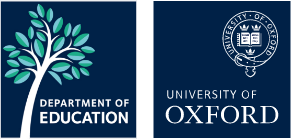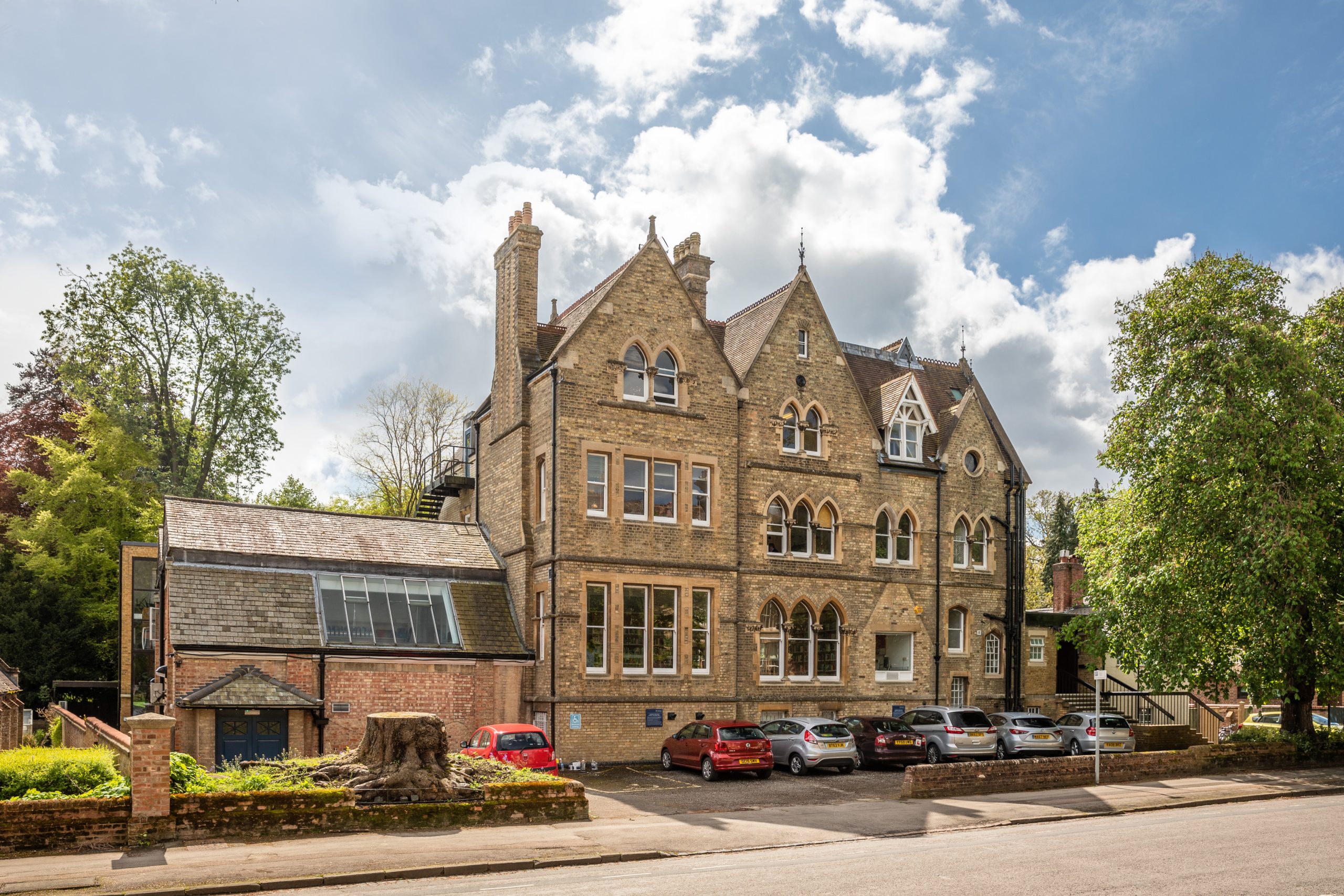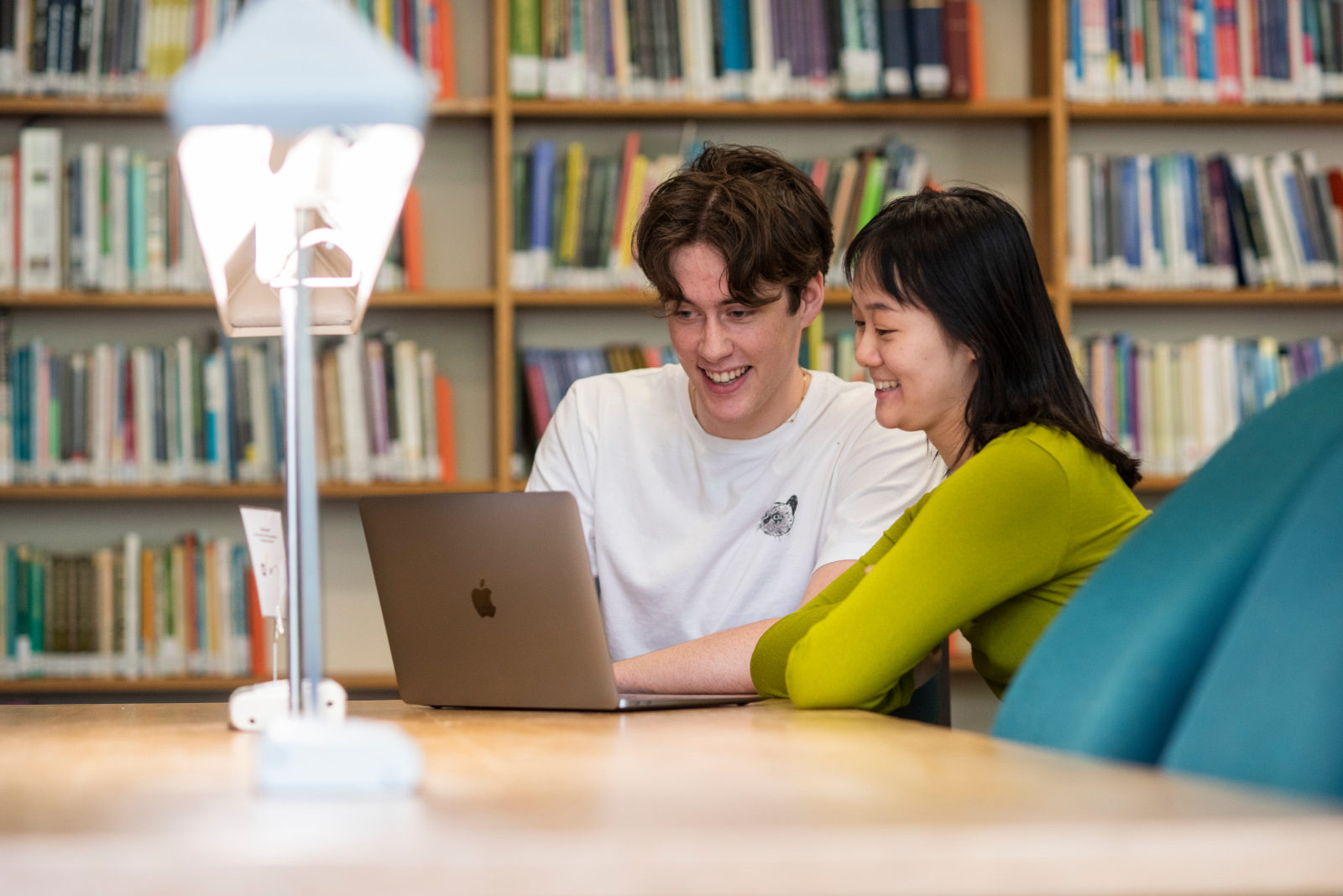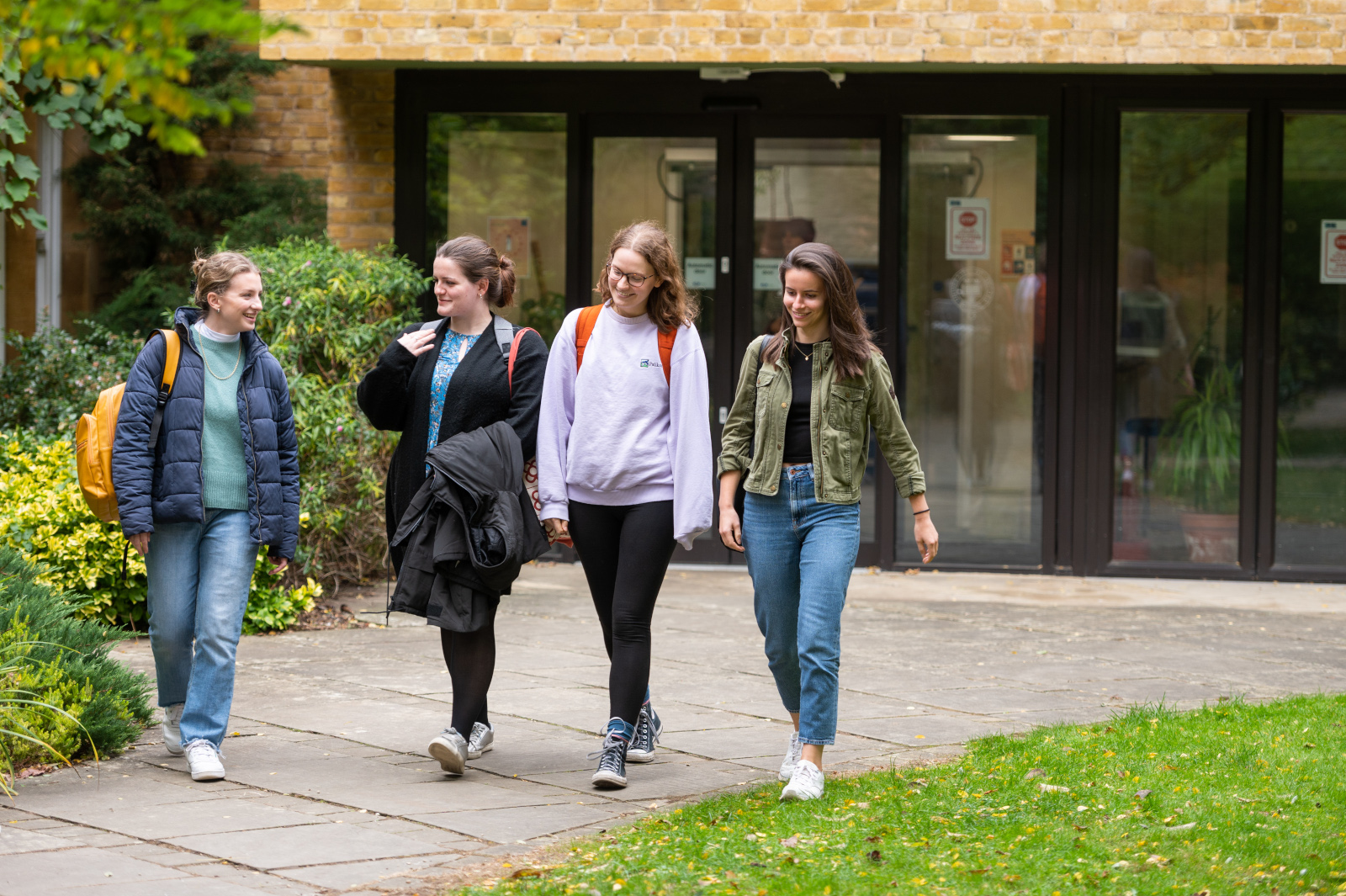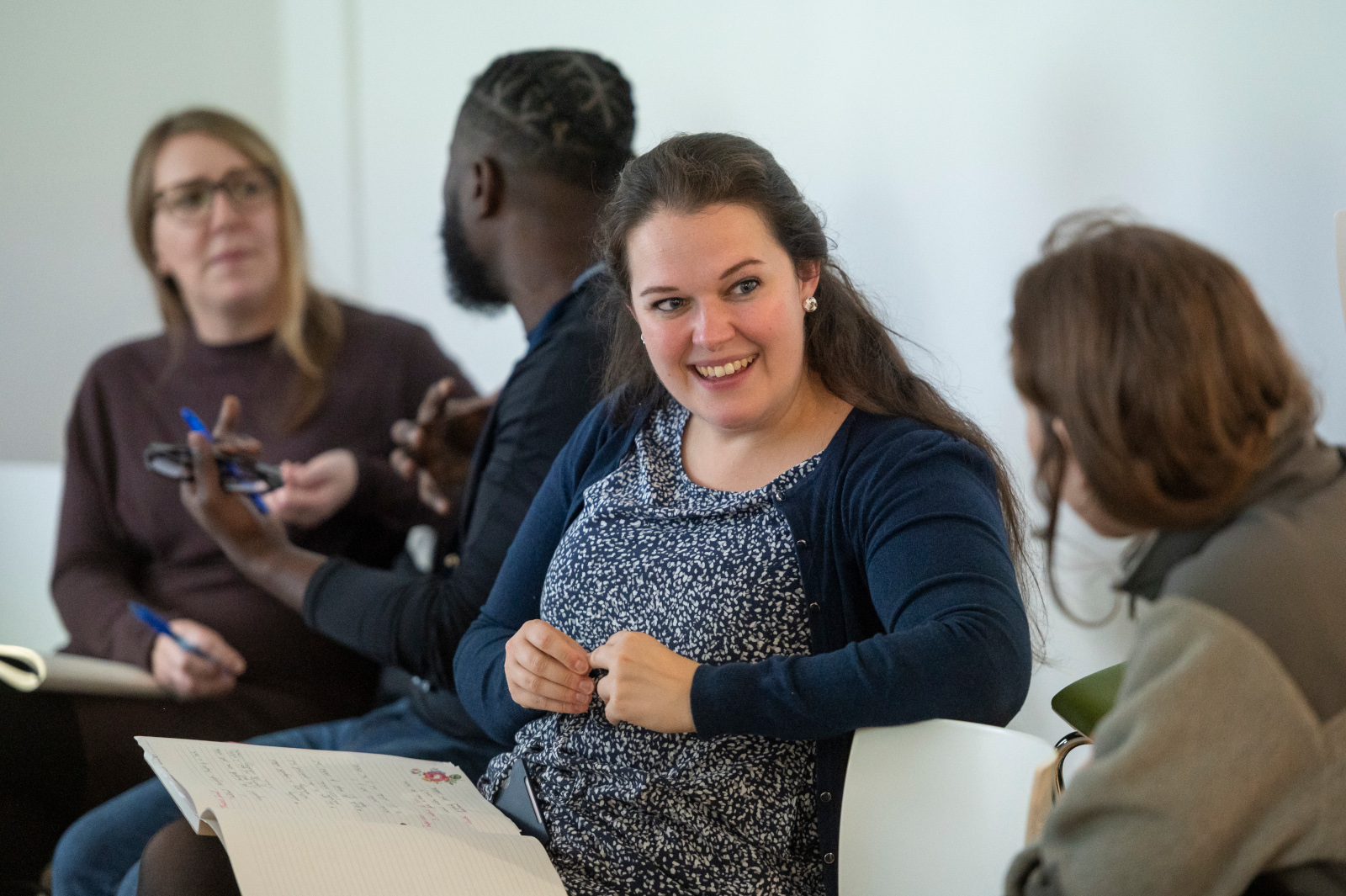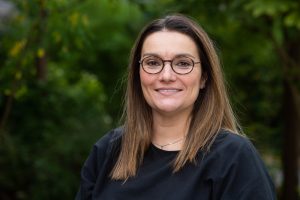The Project
This study aims to explore how gender-inclusive language (e.g. parental rather than mother or father) is used in Obstetrics and Gynaecology (O&G).
Language can be a significant barrier for trans and non-binary individuals accessing healthcare services, but not everyone working in O&G agrees that using gender-inclusive language is important. Some O&G staff see their specialty as “women’s health”, and patients are sometimes automatically assumed to identify as women who use she/her pronouns. As society has evolved and there is greater recognition of gender diversity, there are increasing numbers of trans and non-binary people who use gender-neutral pronouns. Many of these people have female reproductive systems and need to access O&G services, but often staff have not been trained to look after these patients. Nearly 25% of trans or non-binary people say that they avoid going to hospital because they are scared of being mistreated for their gender. This issue has been raised by Oxford medical students learning on O&G wards, and is also being raised in other medical schools. It is clear that medical students across the UK want everyone involved in their learning to understand the importance of gender-inclusive language, especially in specialities such as O&G. In some medical schools, it seems that medical students (generally of the younger generation) are very mindful of gender-inclusive language, whereas their teachers (generally of the older generation) are much less familiar with gender-inclusive language. This qualitative study has been designed to investigate the varying uses of gender-inclusive language in O&G through surveys and interviews, to provide a basis for further research, but also to provide an evidence base for future medical school teaching and learning.
